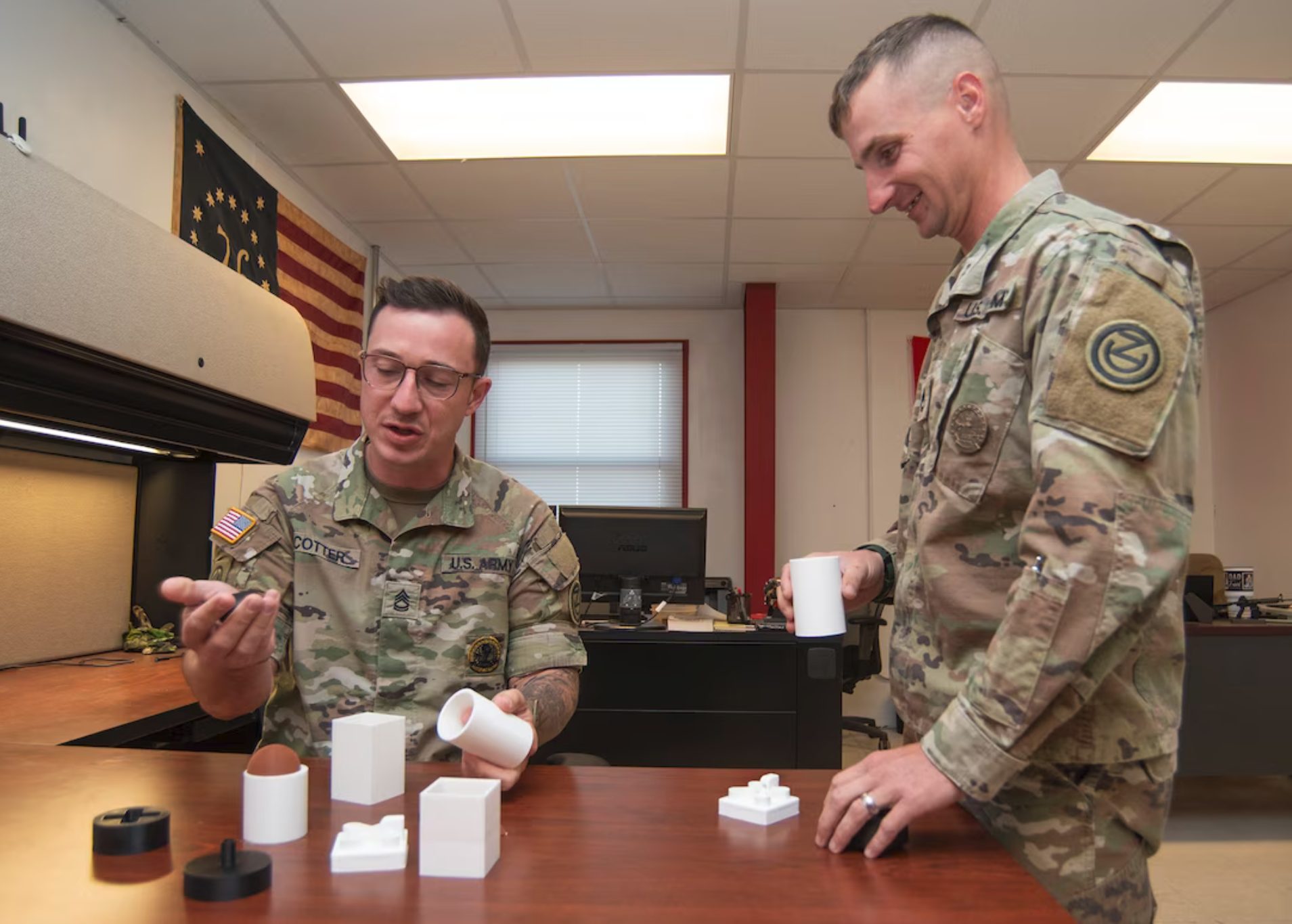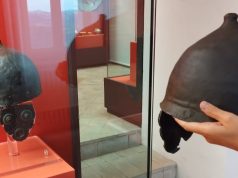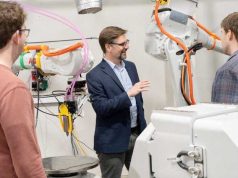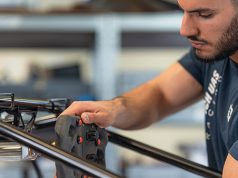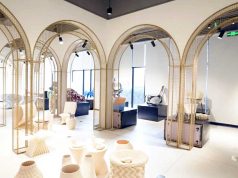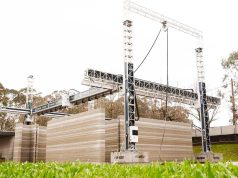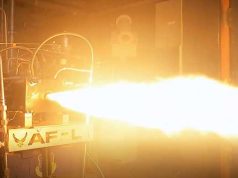Army combat engineers are tasked with overcoming obstacles, which they do by using explosives, among other things. The search for ways to make these explosives even more effective, safer, cheaper, easier to transport and modular is a task that the experts are continuing to work on. 3D printing technology is also being used here.
Jon Toth, a training specialist at the Counter Explosive Hazards Center (CEHC) and also a soldier in the 102nd, explained: “EagleWerx originally did testing with their own 3D-printed designs and briefed their findings to the (U.S. Army Engineer School). After that briefing, CEHC was tasked with taking the lead on determining if we could use our ongoing 3D-printing projects to assist in getting a better explosive effect using our designs.”
During the tests, the effects of almost 20 different 3D printed containers were compared.
“After the blast, each hole was measured for width and depth to determine the containers with the best explosive effects,” Toth said.
Justin Fanatia, also a training specialist at the CEHC, emphasized the benefits: “It’s just a force multiplier. We, as a military, have been so stuck on having pre-made charges or bottlenecked into a specific set of charges we can design, but our battlefield and our operational environment is changing rapidly. We can’t rely just on logistics to get me a pre-made thing. My charges need to be scalable and applicable to whatever I’m actually trying to target. So, if I’m making Soldiers smarter, they can go out and it’s not a one size fits all … the whole point of this is to make everything safer. The only way to do that is to have something, where we can apply a theory that allows us that capability. It’s really making Soldiers more capable, more knowledgeable and more effective on the battlefield.”
The course participants, who are already trained in handling explosives, benefited from the presentation of advanced techniques.
“One of the things we try to emphasize is teaching Soldiers not what to think, because that’s very regimented, but teaching them how to think,” Toth said. “When they understand the theory behind it, then they can apply it in different ways. Another advantage to showing it here in the schoolhouse environment is almost every major (U.S. Army Forces Command) installation has an innovation lab or a 3D printing lab. And so, when they see some of the ideas here, with CEHC partnering with training units here, then they can go back to those FORSCOM installations and already have ideas in their head of what they can use that innovation lab for.”
Sgt. 1st Class Anthony Cotter, one of the 102nd’s five combat engineer instructors on the test, said: “It goes back to Bloom’s Taxonomy, where they’re going to be starting at the lowest level of understanding, and all the way up to the creation phase is where we want them to be, so that way, they can readily apply their knowledge to the battlefield in any given situation. Instead of just looking to the leader, they’re going to be able to create that themselves, and that’s the goal.”
“We’re going to continue to try other effects with these, just to validate that the effects we had on the range here can be replicated on other ranges, or, obviously, on the battlefield in large-scale combat operations,” he said. “That’s ultimately the goal, is that we find out a base line of charges that can be used in any battlefield in the future.”
Subscribe to our Newsletter
3DPresso is a weekly newsletter that links to the most exciting global stories from the 3D printing and additive manufacturing industry.



